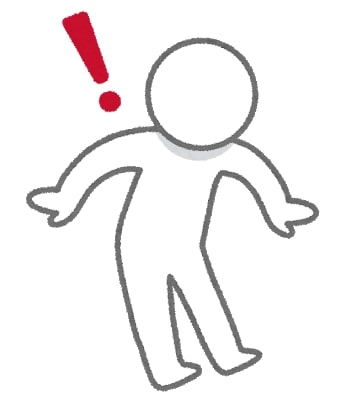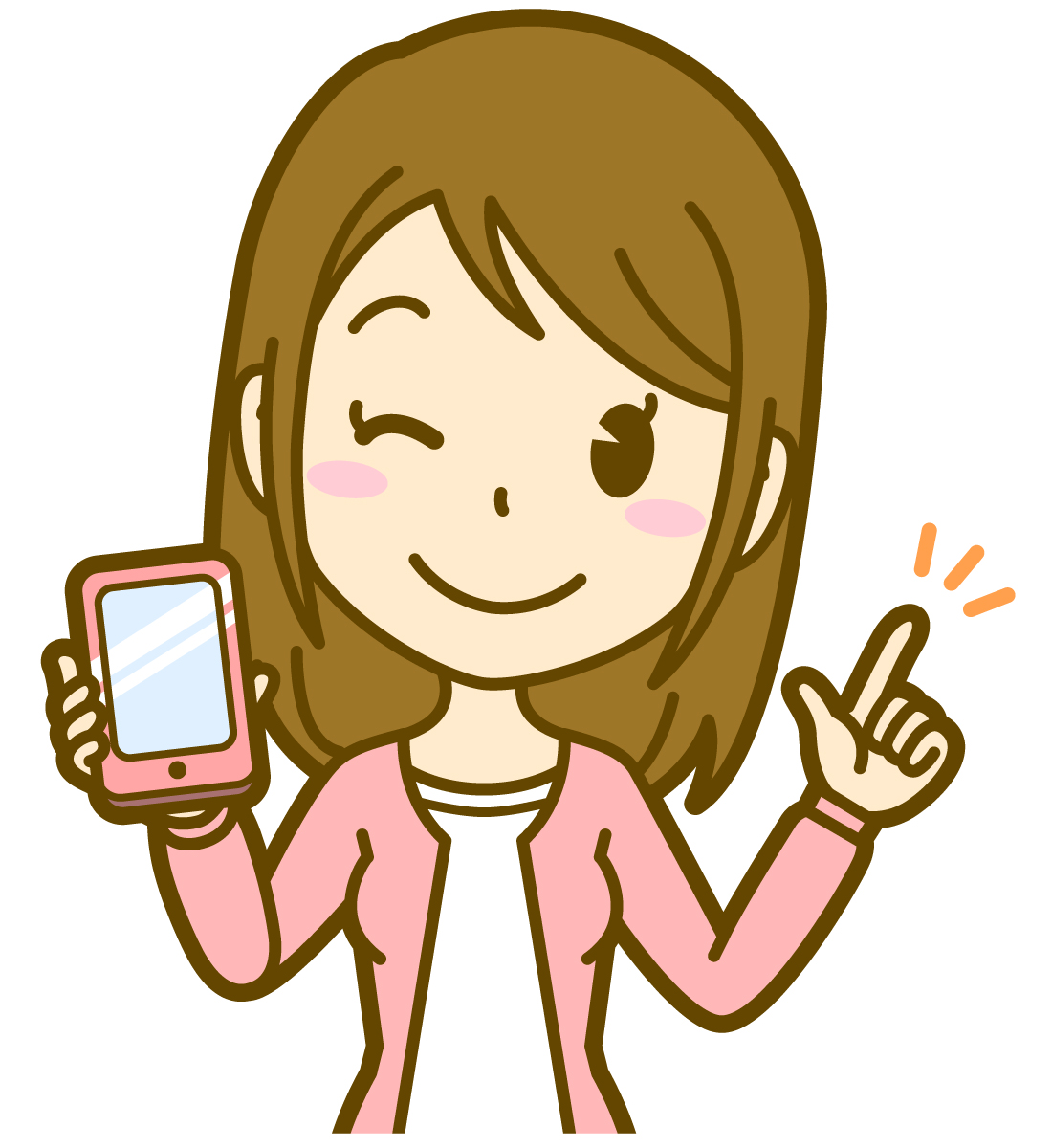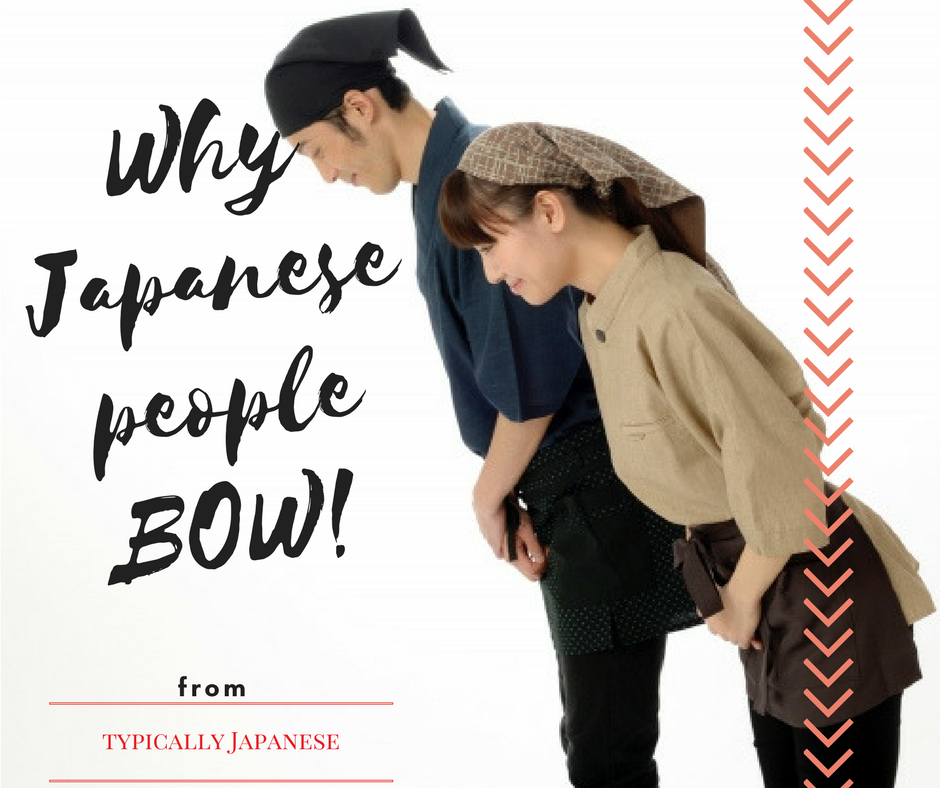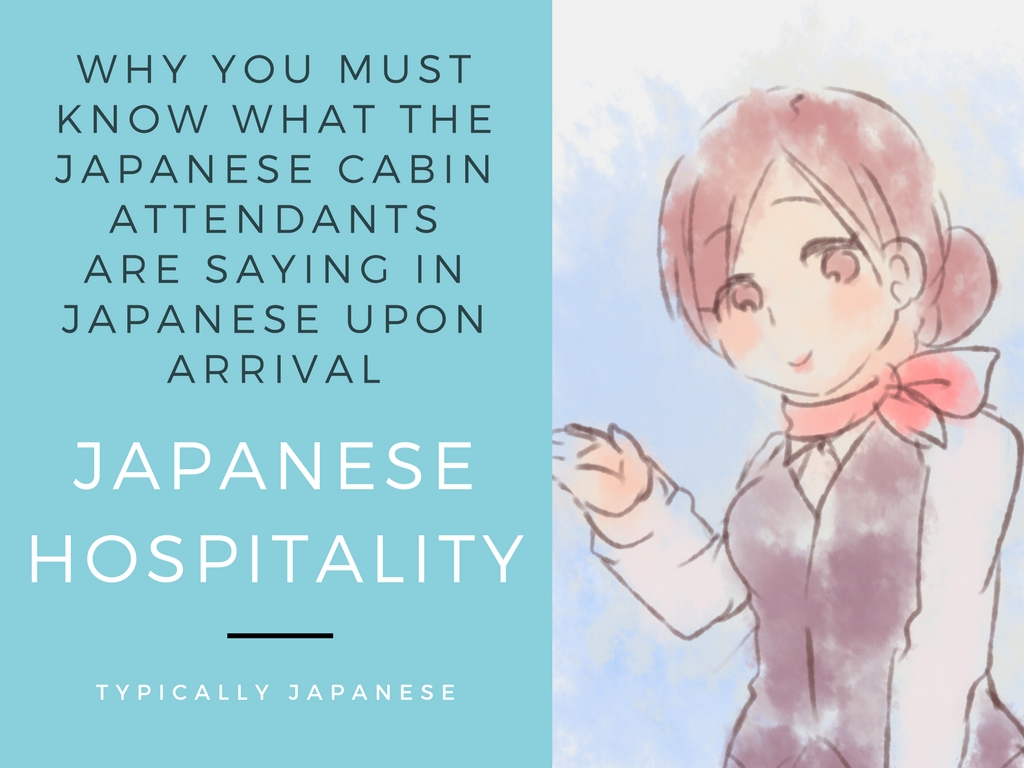As I wrote in my previous article, we Japanese people, bow upong greeting. Well, not at all times, but bowing is a Japanese greeting etiquette, and especially if you are thinking of working in Japan, you should definitely read my article here.
There are different types of bows in the Japanese culture. The different types of bows convey different meanings.

NOOOO, if you’re thinking of bowing “standing-on-one-leg-bow” or “tilting-your-head-to-one-shoulder-bow”, sorry you’re being too creative. lol

Very simple, right? This is truly “Japanese”, and if you know this as a GAIJIN (a Japanese word describing foreigners) it would be very super!
There are names to them but that’s not important. Just remember their meanings and when they are used.
3 types of bowing in Japanese culture
15 degrees angle: “Eshaku”: 会釈(えしゃく)
“Eshaku” is the most easy bow, often used in daily life.
Let’s say you bump into your neighbor in a supermarket. You see her and you can do your “Eshaku” with a nice smile and say “Konnichiwa”. This would leave a very nice impression on your neighbor.
“Eshaku” is not something you’d do to your close friend (cuz of course if you see your friend in a supermarket you probably would be waving your hand out to her), but to someone you know but not quite familiar and you want to go polite with them.
30 degrees angle: “Keirei”: 敬礼(けいれい)
“Keirei” is also very common.
It is done when greeting someone of a higher rank, for example your boss, client, someone you feel that is superior to you. You see that you bend a little deeper than “Eshaku”, “Keirei” shows more respect than “Eshaku.”
You can also see “Keirei” very often as this is the very basic standard of bowing.
45 degrees andle: “Sai Keirei”: 最敬礼(さいけいれい)
This one is a “Keirei” but at it’s most (最 meaning “the most”) bending down further around up to 45 degrees. It’s a bow done upon apologizing, showing utmost respect.
“Sai Keirei” is often seen in press conferences of Japanese companies. Company Executives doing a “Sai Keirei” for their blunders, dipping their heads deep down as they can, is a common scene seen on Japanese TV news. It’s often made fun of by Japanese people saying “all we see is that they are bald on top of their heads!”, cynically saying Executives think nothing but of apologizing and never make improvement.
From Erika
So now you know the different bows in Japanese culture!
But in real life, who would actually care about how deep you are bending down!! The most important thing about bowing is how thoughtful you are about it. It’s not only the act of bowing but your facial expressions, your tone of voice, the words you use, they all add up to how well-received your bow will be.
You can start today with your “Eshaku”s to leave a nice impression to people around you!
***


